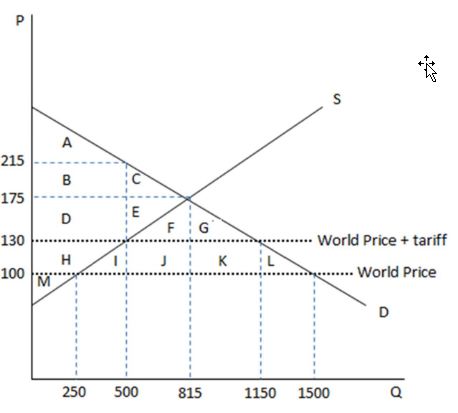Under pressure from Japan, the United States, and Europe, China announced it switched from pegging the yuan against the dollar to linking the value of the yuan to a 'basket' of currencies. The result of this change was
A) the value of the yuan increased slightly relative to the dollar.
B) the value of the yuan has increased dramatically and is beginning to remove the trade imbalance between the United States and China.
C) the value of the yuan has become very responsive to changes in demand and supply in the foreign currency market.
D) the value of the yuan has decreased dramatically and has further spurred Chinese exports.
A
You might also like to view...
The classical growth theory is that real GDP per person ______.
A. only temporarily rises and then returns to the subsistence level B. grows forever C. is constant and does not change D. increases as the population grows
Corrective taxes are often difficult to implement because _____
a. those affected by the externality are often loathe to use political means to implement the tax b. those creating the externality threaten to shut down c. those who suffer from the externality refuse to talk about it d. the creator of an externality will use political means to try to prevent the tax
According to the graph shown, the change in consumer surplus brought about by the imposition of a tariff to an economy previously open to free trade is:
This graph demonstrates the domestic demand and supply for a good, as well as a tariff and the world price for that good.

A. an increase of HIJKL.
B. a loss of HIJKL.
C. a gain of DE.
D. a loss of DE.
An economic system that relies on habit, custom, or ritual to decide questions of consumption and production of goods and services
a. free enterprise b. traditional economy c. incentive d. safety net e. socialism